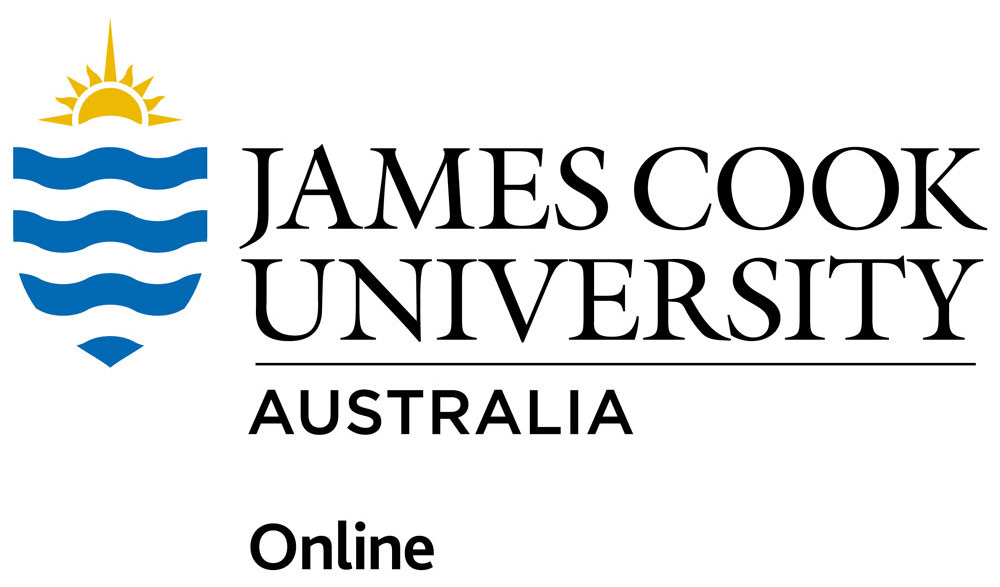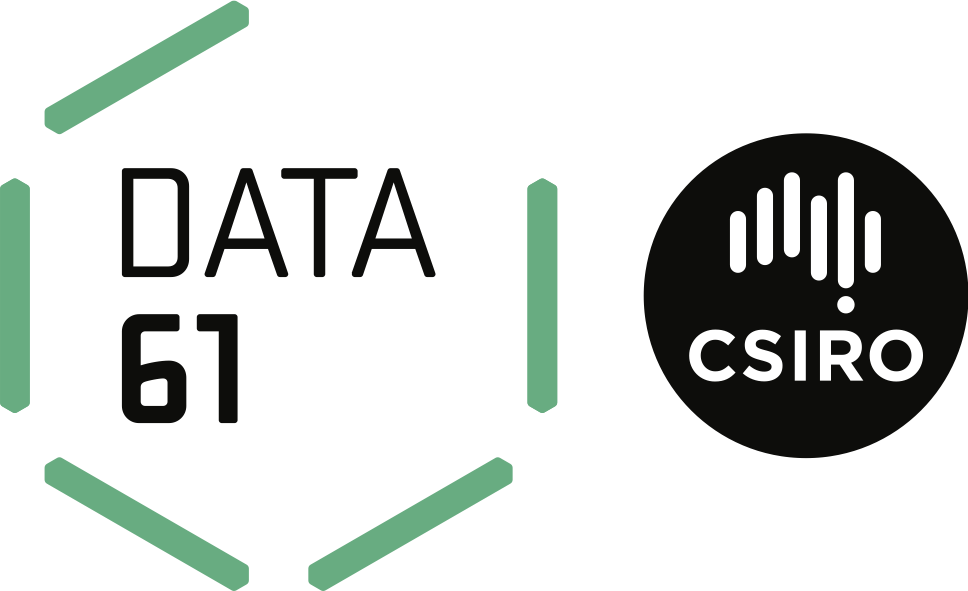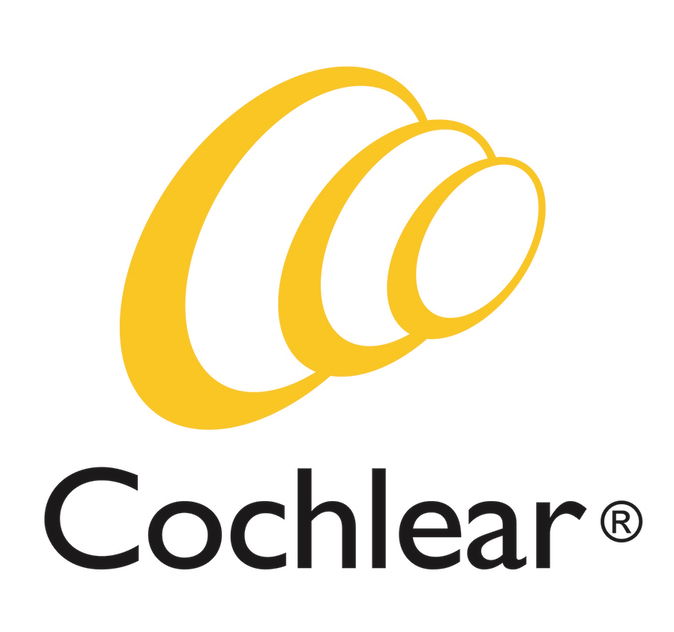Eight short talks from high school students across Australia. They’ll be talking about projects they’ve built with Python using machine learning, robotics, natural language processing, and more
MENACE - building a learning matchbox machine in Python.
Isabella Hogan
I saw a video about a team of mathematicians in England who put together a pile of matchboxes that could learn how best to play noughts and crosses. It was called MENACE (Machine Educable Noughts and Crosses Engine). I wanted to see if I could use the model to make a computer program in Python which would learn to play Noughts and Crosses too.
PyVlov’s Dog
Aden Pulford, William Meibusch and Victor Horvat
PyVlov’s Dog is a simulation software created to dynamically train neural networks for the control of basic robots. When we started this project we had a limited understanding of neural networks, so we simplified the problem by visualising it as training a dog. We developed this project as a way to streamline the concept of neural networks through this metaphor of training a dog, so as to facilitate its use as an education tool. In this talk we will talk about how we made the software, the difficulties we faced in creating it and the way in which it works. We will also discuss the development of the robot’s hardware and the way in which it is represented within the simulation. Finally, we will cover the way in which we developed the principles of ease of use, and visual clarity within the program, to allow for use by people of all skill sets.
Text Summariser
Sophie May Press
The Text Summariser is a program I built for when one is unable or unwilling to summarise information from a large block of text themselves. In my talk, I will discuss how it works, what inspired the project, and how I overcame the (many) challenges of building my program. I will also talk about computational linguistics and Natural Language Processing (NLP), two big components of how the text summariser works. After listening to this talk, you will have learnt some basic Natural Language Processing, and how you can apply it in Python Programs.
NOR: creating generated worlds on iPad
Jasper Chandler
NOR is a 2d puzzle exploration game for iPad that I made over the course of year 10. It features procedurally generated landscapes that collide with and can be edited by the player. The landscapes are host to procedurally generated bushes, trees and puzzles. My talk will discuss how I reached the point where I could set off on a large scale python coding project, how I built up the game and made the systems work, and how anyone can pick up an iPad and start developing.
Rule-Based Machine Translation
Declan Zammit
I have been working on a project to create a basic translator from English to Latin. In my talk, I will compare my rule-based approach to this task to Google’s use of Statistical Machine Translation and more recently Neural Machine Translation, examining the pros and cons of each system. From a rule-based perspective, I will provide a brief analysis of the grammatical features of English and Latin by examining their similarities and differences and showing the potential ambiguities in each. My talk will aim to inform you of the complexities of simplifying language’s quirks into algorithms, and how I attempted to overcome these issues.
SVG Graph Calculator
Sam Hogan
The name of my project is somewhat self-explanatory, it is an SVG Graph calculator. I know right? My talk is going to be about how I decided to do this project, and my struggles and innovations in making this project happen.
Emojifer in @ school
Anh Pham
Emojifer is an implementation of a sequence model in Machine Learning. It will analyse the meaning of a sentence and give it the appropriate emoji. Emojifier plays an important role in @ school which is a cloud-based learning management system written in React with Flask served as the server. Come along to this talk, if you want to know what’s under the hood of Emojfier and how I make it happen. Additionally, I’ll talk about some of the problems I’ve encountered so far and how I overcame it. This talk will give you an idea of how to get started in Machine Learning as well as full-stack web development if you’re new to the area.
Optimising Memory Retention via a Machine Learning based Flashcard System built in Python
Joseph Tey
The ability to learn and retain a large number of new pieces of information is an essential component of education. Flashcard systems are one such technology that repeatedly present ‘cards’ of factual information for students to memorise. This project aims to leverage Python’s machine learning capabilities, combined with psychological theories of learning and forgetting, to construct predictive models of human memory in order to improve upon traditional flashcard systems. In this talk, I will share my experience of: (1) utilising Python’s sci-kit-learn package, alongside the Latent Skill Embedding package, to train, evaluate and visualise the performance of various models; (2) implementing the model into a web-based flashcard application built in Flask - a popular Python micro framework; and (3) testing the effectiveness of the system through a classroom experiment on 36 Japanese language students.
Watch 'Education Seminar Student Showcase' on PyCon AU's YouTube account
Isabella Hogan
Aden Pulford
William Meibusch
Victor Horvat
Sophie May Press
Jasper Chandler
Declan Zammit
Sam Hogan
Anh Pham
Joseph Tey



























